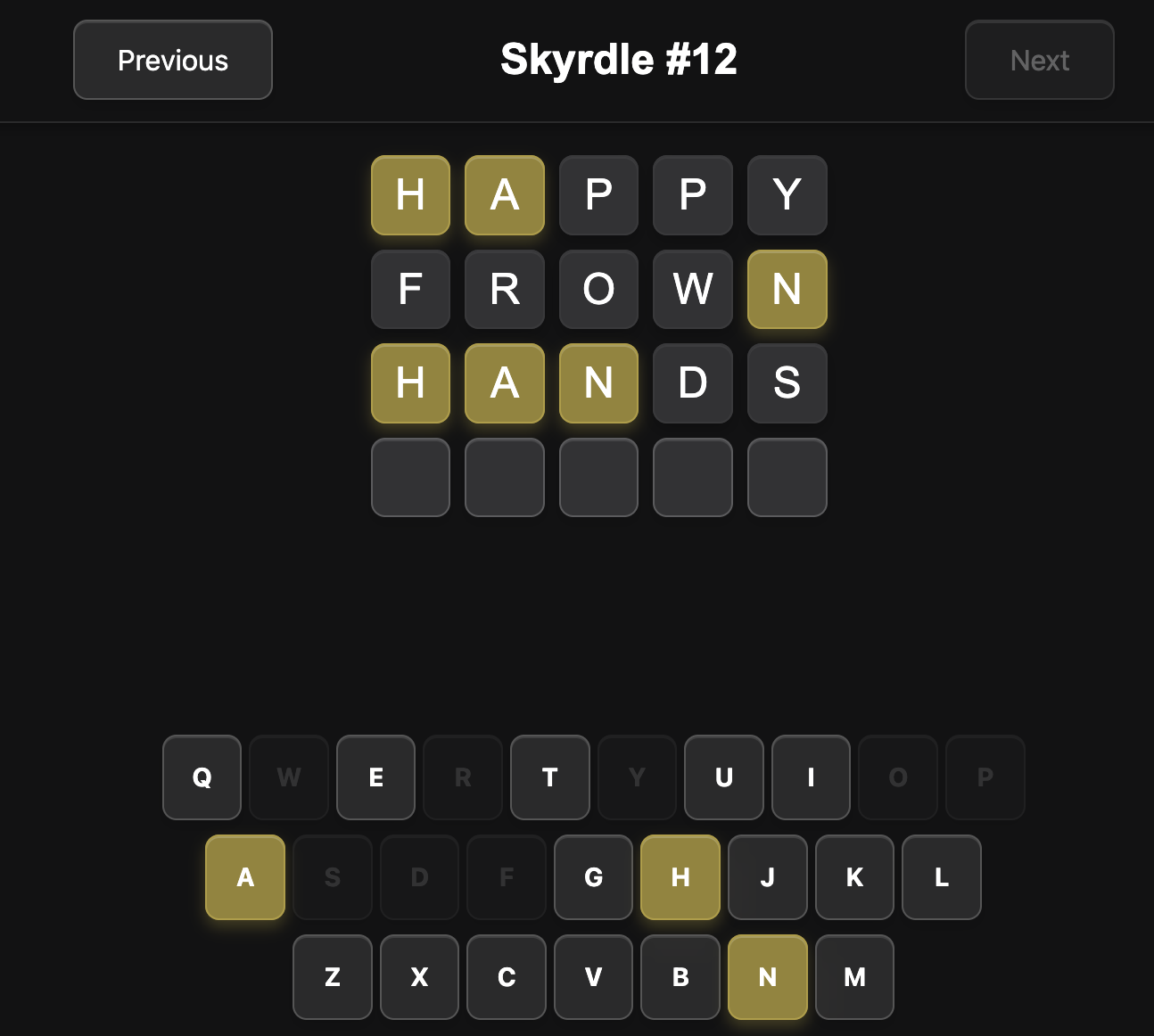Building on ATProto
ATProto holds a lot of promise for breaking the hold corporations have on our social data.
Most folks at this point are aware of Bluesky, an alternative to X/Twitter. The Bluesky app has a very similar user experience, though with a community that leans left-wing and tech skeptical, given many of them are former highly active Twitter users who fled the site upon Elon’s acquisition of it. The app offers some features Twitter doesn’t, like the ability to choose third-party feeds. But it strives to specifically be replacement for Twitter.

However, it is built atop an open protocol radically unlike Twitter. Whereas Twitter relies on centralized databases that Elon has made incredibly expensive, all of the Bluesky data is stored in a PDS — a personal data service. When signing up, Bluesky abstracts away the complexity of setting one up, enabling you to just register there like you would for any other app.
However, anyone can host PDSes, and the data on them is freely and publicly accessible. It’s as if everyone had their own little Git repository or blockchain. This constellation of PDSes and the standards they use to interoperate is called “AT Protocol,” or ATProto for short.
There are already other attempts to build interesting things atop ATProto. For instance, people have made competitors to TikTok and Instagram that offer a very different flavor of social media experience. However, this still just scratches the surface. ATProto holds an enormous amount of potential for a more decentralized future on the internet. You control your data. No corporation can get between you and your ability to access it in its entirety.
There are some pitfalls compared to building on blockchains, such as the lack of a unified consensus mechanism. This leads to situations where data needs to be stored in multiple places and verified against each other. For instance, we we created a basic game, Skyrdle, that uses ATProto.
One advantage this offers over daily minigames built into things like the New York Times, Apple News, or LinkedIn is the ability to store user scores in the user’s PDS, giving them a copy of their entire history of the game in their control — one that will persist even if the game were to shut down. However, anyone can put whatever data they want in their PDS, so we also publish a list of score validations on Skyrdle’s own PDS. This ensures there is an authoritative source that you can use to prove a score is real.
We are also now building smol life, a forked version of the official Bluesky client that bundles extra features like being able to create tip jars or resumes — all stored openly on PDSes so that others may build them into their UIs. It also uses a cool purple theme to contrast with Bluesky’s blue one that evokes the classic color scheme of Twitter — not to mention a literal blue sky.
smol life just uses the same AppViews as Bluesky — the centralized aggregation of data for the app to display — so if someone is banned on Bluesky, they are banned on smol life as well. However, others are even experimenting in offering alternatives there as well. One person recently released Zeppelin Social, which provides an alternative AppView without the censorship present on the official Bluesky AppViews.
We intend to be a significant part of turning ATProto into something more than just “the thing that powers Bluesky” and encourage others to join us. The era of walled garden “Web 2.0” social media needs to end. Social media is supposed to be about you. That means you should not be at the behest of corporations seeking to extract as much value out of you as they can.

